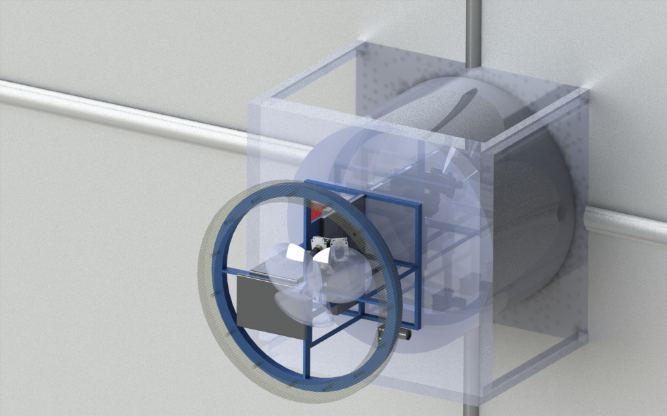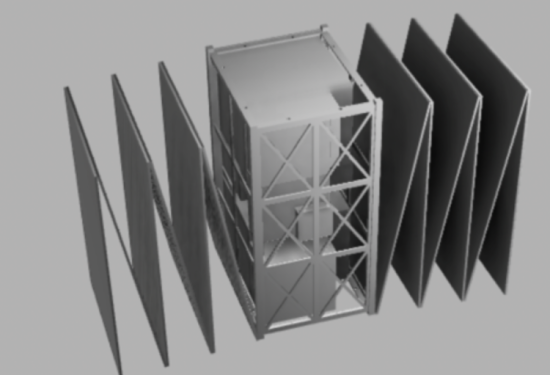
SmallSat Mission Design Project
Master of Engineering in Aerospace Engineering Distance Learning > Program Overview > SmallSat Mission Design Program
Gain hands-on experience in developing innovative small spacecraft missions in high-priority areas of space science.
A major component of all Cornell M.Eng degrees is your dedicated M.Eng Project. Listed as course number MAE 6900 (Special Investigations in Mechanical and Aerospace Engineering) this takes the form of the Satellite Mission Design Project, and is run over the summer semester. It is a group project, completed together with the entire Distance Learning cohort, with one week that is held in-person at the Ithaca Campus in Upstate New York.

The goal of the project is to design a sophisticated and true-to-life satellite with a dedicated scientific mission. The science goals are selected to reflect current opportunities and priorities identified by NASA each year. A final report is produced that details everything you could anticipate from a real proposal submission; from launch opportunities and orbital staging, to scientific instrumentation and design traceability, to program planning and budgets.
A dedicated and experienced project supervisor with will help guide through your project. Further advice is provided through multiple faculty across both the Department of Mechanical and Aerospace Engineering, and the Department of Astronomy, in order to provide you with a full experience across a broad field. Online lectures will delve into NASA’s scientific priorities, the management of large scale proposals, science and technology traceability processes, systems integration, and a general introduction to the commercial-off-the-shelf market.

While much of the project is completed remotely on a part-time basis, the in-person week is a full-time stretch of dedicated work where the project really comes together. You will be provided with tons of faculty interaction and review, as well as opportunities to meet with industry leaders, tour campus facilities and join informal events with your colleagues. The project is based on the SmallSat Mission Design School, which is a shorter program that has been run with great success over the last 2 years.


Earn your degree while working full time
Join the forefront of spacecraft innovation.


